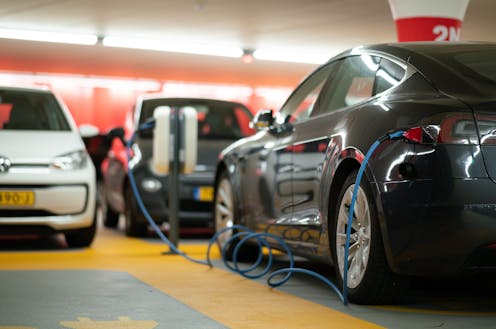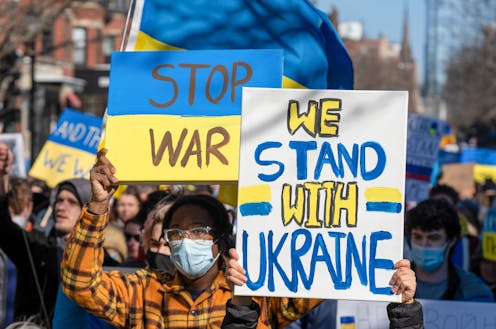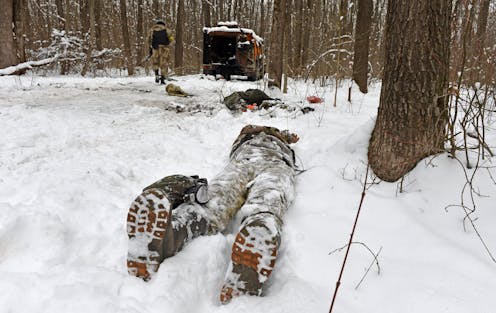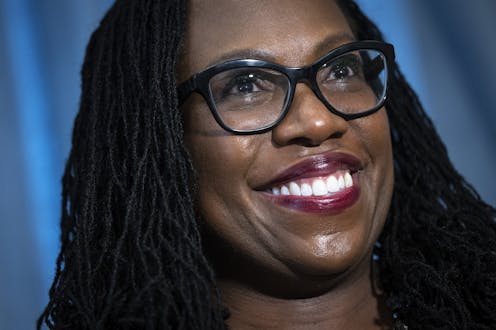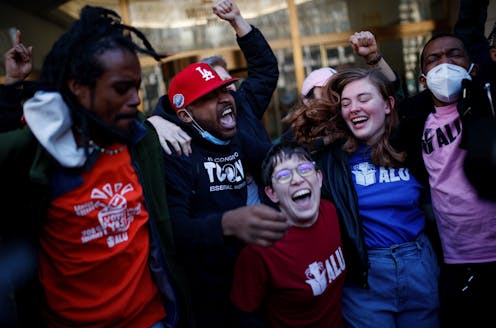What are war crimes? 3 essential reads on atrocities in Ukraine and the likelihood of prosecuting Putin
- Written by Amy Lieberman, Politics + Society Editor, The Conversation
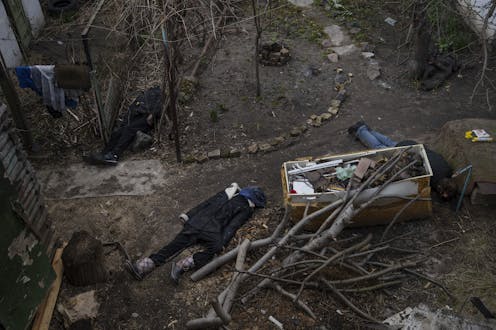 Bodies lie on the ground after a strike in Bucha, a suburb on the outskirts of Kyiv, Ukraine, April 4, 2022. AP Photo/Rodrigo Abd
Bodies lie on the ground after a strike in Bucha, a suburb on the outskirts of Kyiv, Ukraine, April 4, 2022. AP Photo/Rodrigo AbdRussian troops retreated from Kyiv and the nearby town of Bucha in early April 2022, and new horrors of their occupation were revealed.
Ukrainian forces found the bodies of at least 410 civilians – among them...


